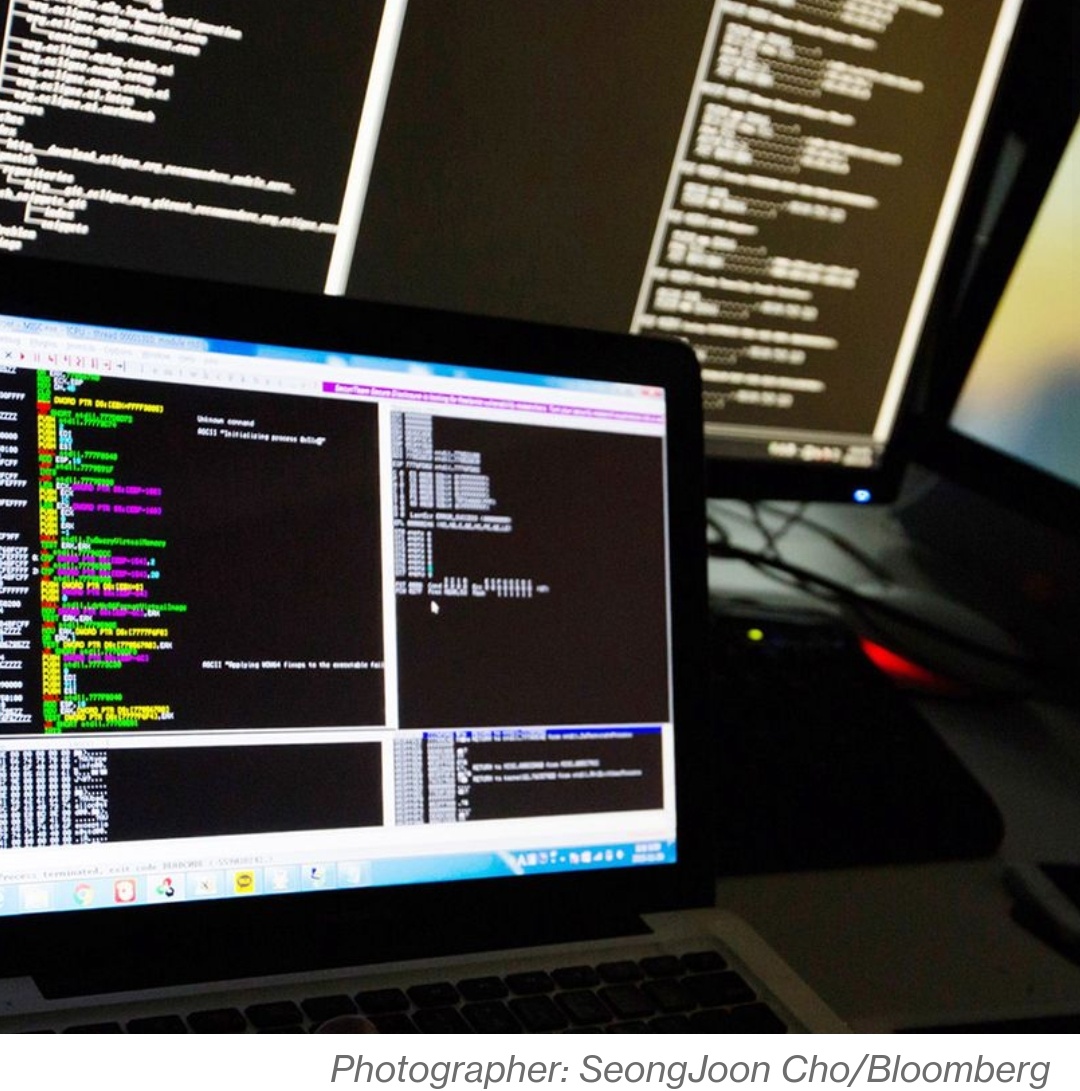“The higher the value of the instruction, the higher the risk of triggering fraud-detection systems,” Swift said in the study. “Since the cyber-incident in Bangladesh, the amounts sent in individual fraudulent transactions has evolved, making them harder to detect.”
Swift, which has more than 11,000 members globally, introduced a set of cybersecurity measures after the electronic heists of 2016 with targets that included the central bank of Bangladesh. It’s also provided new services that member banks can use to catch anomalies in their wire-transfer orders.
As the attempted transfer amounts fell, hackers also started sending their fraudulent orders during business hours, hoping they’d blend in with legitimate Swift messages. In the past, such orders were typically sent during holidays or outside regular hours to bypass human detection, Swift said. It didn’t disclose the total amount cyber criminals tried to steal through fraudulent messages last year or what percentage of attempts were successful.
Read More.. Source Bloomberg

